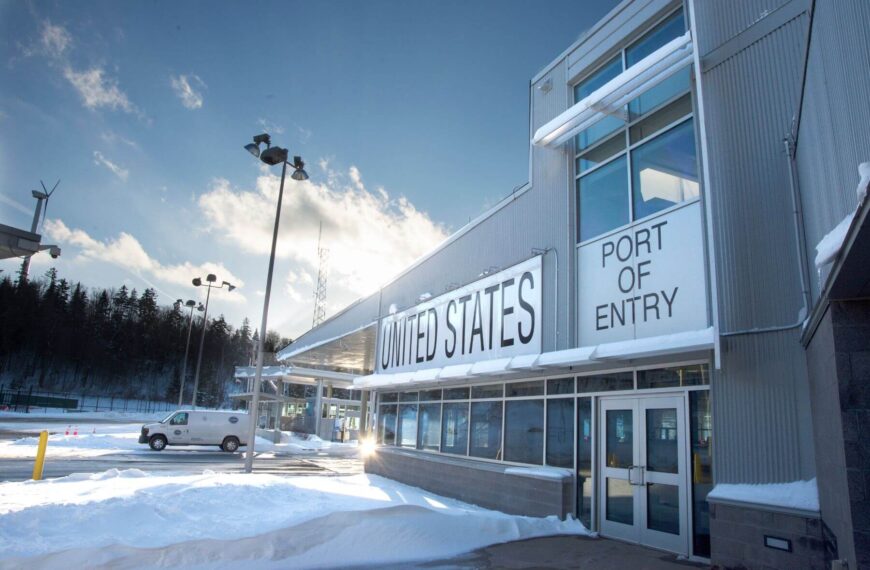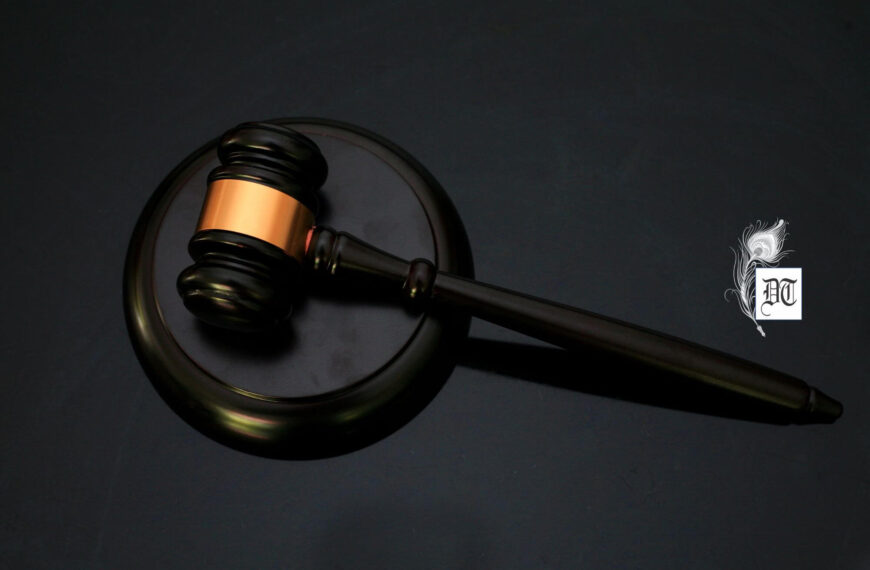It is inhuman that over 10 million bonded labourers have little or no hope. Trapped in the dark dungeons of debts, they are being ruthlessly exploited. The perpetrators of the crime enjoy impunity. Lenin wrote an Open Letter to the Prime Minister Narendra Modi, seeking his intervention to end this inhumanity. As we celebrate the 125th Ambedkar Jayanti (birth anniversary), this gross violation of human rights and dignity calls for proactive action. Different Truth hopes that all this will end soon. Here’s the copy of the letter, sent to us, by his wife and co-activist, Shruti.
Dear Prime Minister,
My name is Lenin Raghuvanshi and I am writing to you on behalf of Peoples’ Vigilance Committee on Human Rights (PVCHR).
I wanted to take this opportunity to bring to your attention issues that concern the problem of bonded labour and labour trafficking in our country.
As you may be aware, bonded labour and labour trafficking are violent forms of human trafficking where a person’s fundamental rights – guaranteed under the Indian Constitution – are illegally taken away because of a debt or other obligation. The Ministry of Labour and Employment’s draft Central Sector Scheme for Rehabilitation of Bonded Labour cites the Walk Free Foundation’s Global Slavery Index and states, “Bonded labour is prevalent throughout India with families enslaved for generations.” Studies indicate that there are around 1o.1 million to 10.4 million bonded labourers and forced labourers in India. Bonded labour has been legally abolished in India under the Bonded Labour System (Abolition) Act of 1976 (BLSA).
The BLSA is still a helpful tool to combat bonded labour. Just a few weeks ago, 564 labour trafficking victims from Chhattisgarh and Odisha were rescued from bonded labour in a Tamil Nadu brick kiln. The owners of this brick kiln were arrested under the BLSA and Section 370 of the Indian Penal Code. One of the owners, a repeat offender, was arrested in 2011 for violation of the BLSA but was released on bail soon after. In keeping with the provisions of the BLSA, 373 labourers have already received their release certificates from the Revenue Divisional Officer. These documents entitle the rescued survivors to rehabilitation packages from their respective state governments. As per existing rehabilitation schemes, Rs. 20,000 is provided as relief assistance from both the Centre and State (50:50). Effective and immediate rehabilitation to rescued and released bonded labourers is a necessary requirement under Article 21 and 23 of the Constitution.
The latest draft of the Bonded Labour rehabilitation scheme – awaiting final approval from the Ministry of Labour and Employment – proposes several good changes to the existing scheme. However, this draft also proposes disbursement of rehabilitation funds from Centre to State on condition of mandatory reporting of quantum of penalty. Currently, poor coordination between relevant departments and complexities of inter-state bonded labour cases are known to result in delays in rehabilitation amounts reaching released bonded labourers. Unless various aspects of bonded labour are taken into account and fully addressed, the proposed changes to the rehabilitation scheme would delay rehabilitation assistance for workers found in bonded labour across different states in India.
At a National Human Rights Commission (NHRC) Workshop on Eradication of Bonded Labour in Bhubaneshwar this January, NHRC member Justice Murugesan asserted that linking disbursement of rehabilitation funds to perpetrator convictions would be detrimental. Convictions take a long time in bonded labour cases, if they happen at all, and they rarely deter the criminal. Many times offenders may not be traced or identified thereby hampering a trial. As MP Varun Gandhi pointed out in a speech in Parliament this February, “Recidivism occurs and [rescued bonded labourers] fall back into bonded labour”, if rehabilitation funds are released only after convictions. Additionally, if state governments only receive reimbursement when a perpetrator is convicted – while still remaining obligated to rehabilitate bonded labourers upon rescue – district administrations may be less willing to rescue and rehabilitate labourers.
We believe that further clarifications and revisions to the Ministry of Labour and Employment’s rehab scheme draft are imperative to ensure that survivors of bonded labour receive their full rehabilitation compensation in a timely manner and are not left vulnerable to re-bondage.
Furthermore, we would also like to see the Ministry of Labour and Employment open up the amendment of BLSA Rules to discussions with civil society organisations. We believe that joint collaboration between the government and civil society will be key towards successfully eradicating bonded labour in India.
Thank you for your time.
Sincerely,
Lenin Raghuvanshi
Pix from Net



 By
By
 By
By
 By
By